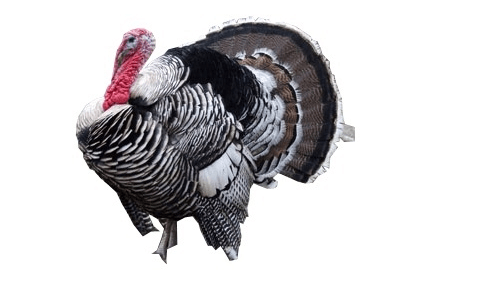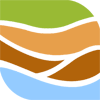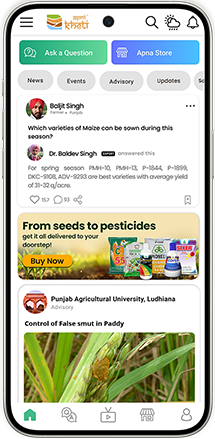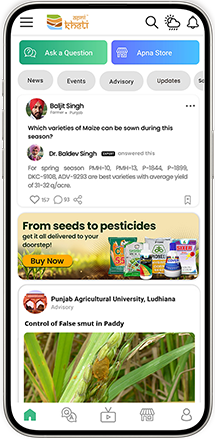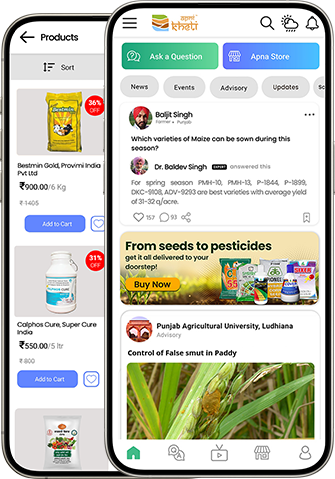• Bumble foot:
This disease mainly occurs due to the presence of scab on the foot.
Treatment: The foot is soaked in Epsom salts then the infected portion is flushed with dilute Bitadine or Chlorhexidine and then rinses it with sterile water.
• Blackhead:
It is a parasitic disease which is caused by Histomonas Meleagridis. The symptoms are inflammation, diarrhea, dullness and sudden death.
Treatment: Oregano (Viovit) medicine is used widely to treat the blackhead disease.
• Lameness:
The disease is caused by Mycoplasma infection which can be transmitted though eggs, mating or air. The symptoms are swollen joints, sneezing, dullness etc.
Treatment: Several antibiotics are recommended to cure lameness.
• Haemorrhagic Enteritis:
It is caused by Adenovirus which mainly affects the young turkeys having 6-12 weeks of age. The disease affects the turkey which causes diarrhoea and ultimately death if left untreated.
Treatment: Several antibiotics are given to treat this disease. The prevention can also be taken by washing the shed with detergent and then apply disinfectant like TAD, CID or interkokask in the dry shed.
• Respiratory disease:
It is a viral infection which is caused by Mycoplasma and Avian Rhino Tracheitis (ART). The symptoms are sinking and swallowing of face, sneezing, watery eyes, swollen joints etc.
Treatment: It is recovered by birds themselves in mild conditions but when in major condition antibiotic dosage is given.
• Coccidiosis:
It is a parasitic disease which enters into the turkey’s body and start reproducing. The symptoms are dull feathers, diarrhoea and sudden death.
Treatment: An anticoccidial agent for eg Amprolin or Baycox is used to control the disease.
• Diarrhoea:
It is caused by many harmful agents such as bacteria, viruses and coccidiosis. The symptoms are weight loss, wet litter, loose droppings etc.
Treatment: Antibiotic therapy is given to treat diarrhoea.
• Erysipelas:
It is caused by bacteria which lives into soil and enters into turkey’s body through wounds. The symptoms are lameness, sudden death etc.
Treatment: Course of antibiotics is given to cure erysipelas.

